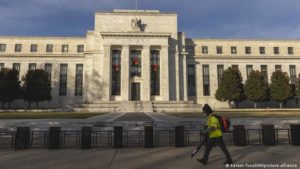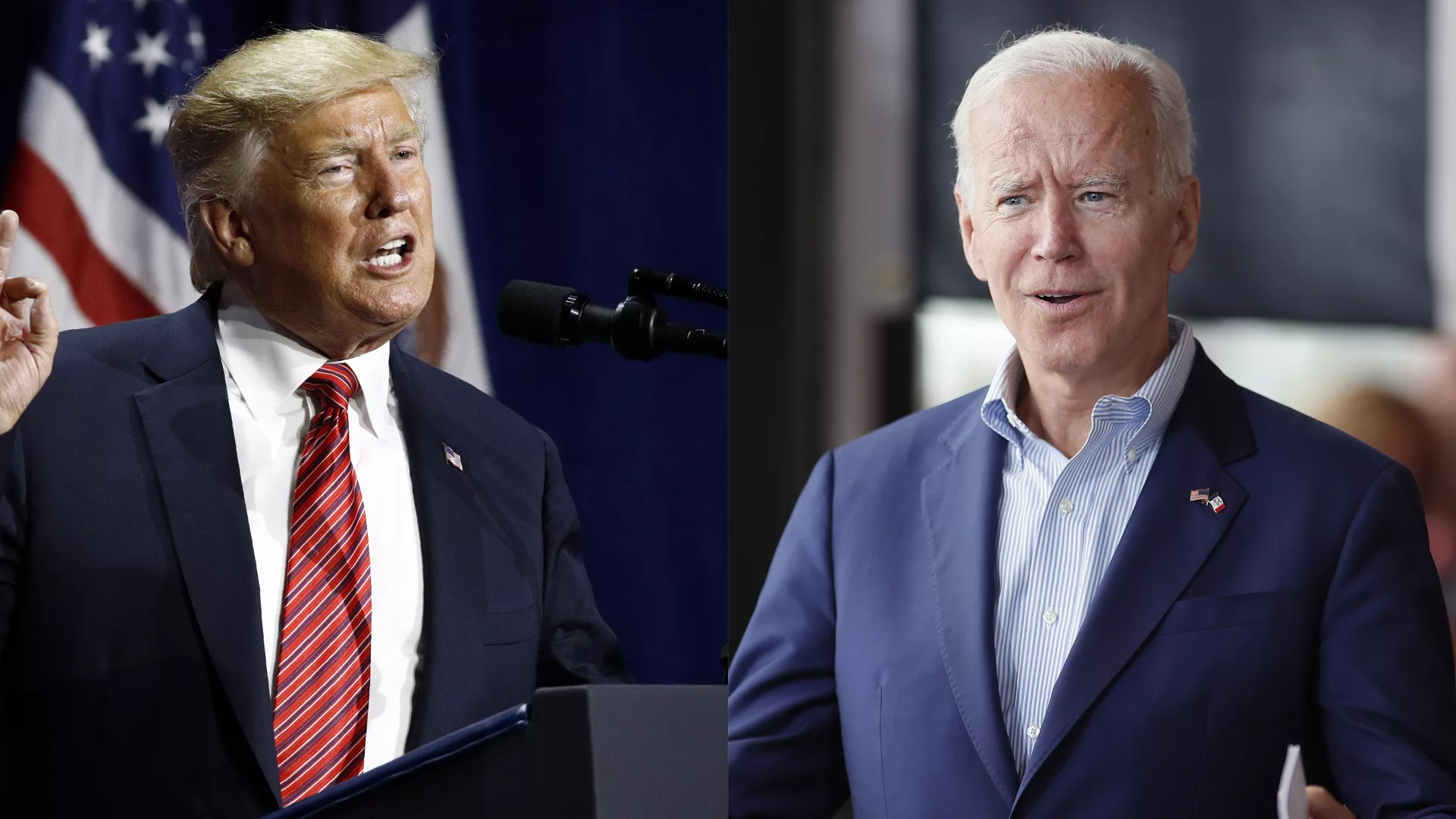On February 2, the US announced it would not deploy its troops to Ukraine in case of a Russian invasion. However, President Joe Biden approved the deployment of 3,000 additional US troops to NATO-member countries in an effort to reassure the more anxious Eastern European allies.
In recent months, Russia has been building up its troops around Ukraine, stoking NATO’s fear of another invasion. Currently, about 130,000 Russian troops are surrounding Ukraine’s border. While the bulk are in Russia, on Ukraine’s eastern border, others are stationed in Belarus and Moldova. The Kremlin states that it has no plans to invade Ukraine. Meanwhile, Russian President Vladimir Putin and his associates have been giving their perspective on the Ukrainian situation to various media outlets. They claim that Russians and Ukrainians are “one people” with cultural, ethnic, and historical ties. According to the Kremlin, Western forces are attempting to divide and conquer the post-Soviet states with their influence. In recent weeks, Russia has made it clear that Ukraine is a “red line” the West should not cross. According to Putin, Ukraine’s inclusion in NATO would pose a significant threat to Russia’s national security.
Russia’s annexation of the Crimean peninsula in 2014 still remains fresh in the West’s memory. After the Maidan Revolution that February, Russia took Crimea from the inside. Pro-Russian protests spread throughout the region, with protesters blocking the Ukrainian parliament from demanding a referendum on Crimea’s national status. Two days later, Russian special forces seized the Supreme Council of Crimea. These swift strategies are different from the slower, more threatening tactics the Kremlin is employing now. That event, along with the Russo-Georgian War of 2008, showed that the threat of westward Russian military action can potentially become a reality.
Although the United States will not be responding with force, the US Senate has vowed to enact the “mother of all sanctions” on Russia in the event of an invasion. This gives Russia a considerable incentive not to attack Ukraine, but there is another side to this coin.
Russia’s 2014 acquisition of Crimea gave Moscow a stronger foothold in the Black Sea, now of key economic importance as one of Russia’s year-round maritime connections. Expanding just a few miles further would give Russian troops the opportunity to unblock a dam, which currently severs Crimea’s agricultural water supply. Further Westward expansion to Odessa would leave Ukraine completely landlocked, potentially becoming more dependent on trade with Russia. Going back eastward, Russia could connect its mainland to the regions occupied by Russian-backed separatists.
However, US analysts say that a full-scale Russian invasion of Ukraine would be Putin’s greatest risk to date. Even with 130,000 troops lined up, invading a country twice the size of Germany (albeit with less infrastructure development and a sparse population) may be easier said than done, especially with eight million Ukrainians ready to defend it. Furthermore, the economic damage that may follow could be too much to bear for Russia. Ukraine is currently one of Europe’s poorest countries. Managing that new territory on top of heavy Western sanctions could present a significant economic risk.
That being said, President Putin has shown particular interest in Ukraine for some time. In 2014, he called the country by its imperial-era name “Novorossiya” (or “New Russia”), suggesting nostalgia for a time when the two countries were one. Such a large and significant conquest would likely boost Putin’s support at home, too. The Russian president’s polls have been at historically low levels since their rapid increase in 2014, after Crimea’s annexation. A new military venture in Ukraine may once again help Putin domestically.
Moreover, a recent in-person meeting with China’s Xi Jinping at the Beijing Winter Olympics reassured Putin that China is on their side in this crisis. On February 4, the two leaders declared “[T]here are no ‘forbidden’ areas of cooperation”. This could give Russia the financial safety net it may need to carry out a full-scale invasion.
In the meantime, Ukrainian locals live in a remarkably calm atmosphere given the circumstances, with many believing an invasion will not happen. Halyna Nevynna, a 41-year-old citizen of Mar’inka, Ukraine, says “they won’t do it. He [Putin] knows there are a large number of Russians living here. We live in Ukraine, but before it was the Soviet Union.”
Given all these factors, the question remains: Will Russia invade Ukraine? With China’s economic support, Russia may be able to withstand Western sanctions. Nonetheless, a full-scale invasion could become a lengthy and arduous process for Russia’s military. Strategically speaking, an effective middle ground could be found in invading part of Ukraine. Invading the southern strip of the country would leave Ukraine landlocked, and more dependent on Russia. This long-term leverage would leave the door open for Russia to, potentially, take over Ukraine in the future. Meanwhile, military action and conquest would lead to a resurgence in Putin’s domestic popularity.
However, a full-scale Russian invasion of Ukraine would be quite risky for Russia. While a partial invasion would carry some of those risks, it would retain most of the rewards for Putin. These insights suggest that, if a Russian attack on Ukraine were to happen at all, it would most likely not be on a full-scale, but in the high-paced, high-stakes game of international politics, new circumstances can bring unseen possibilities.






